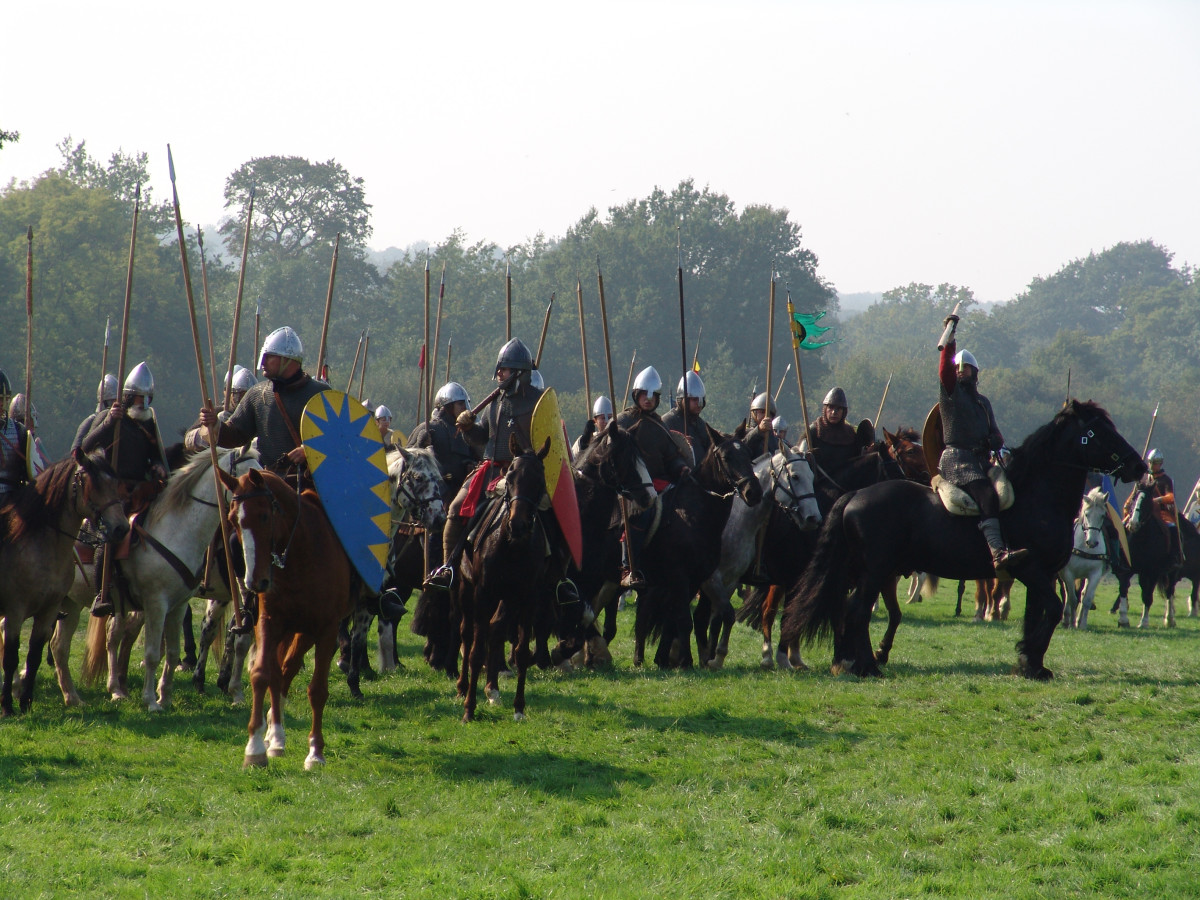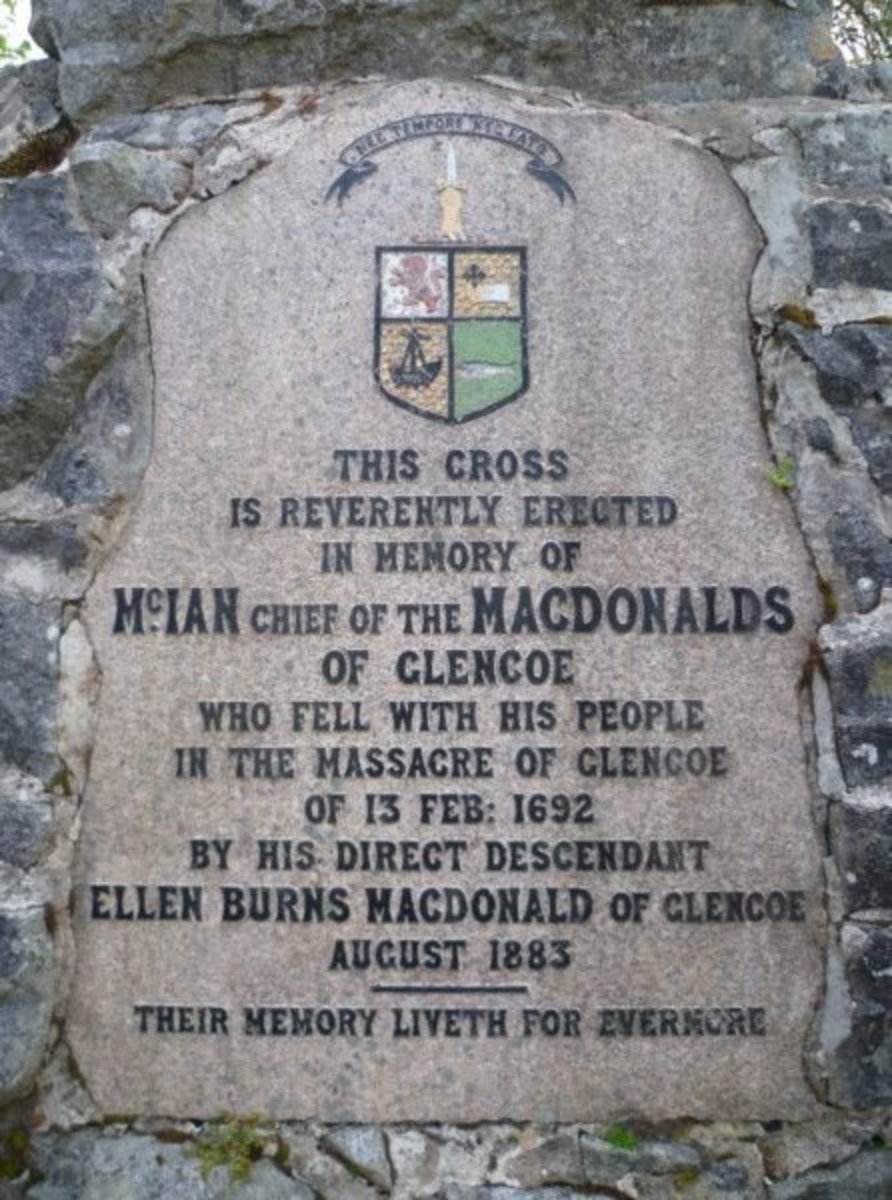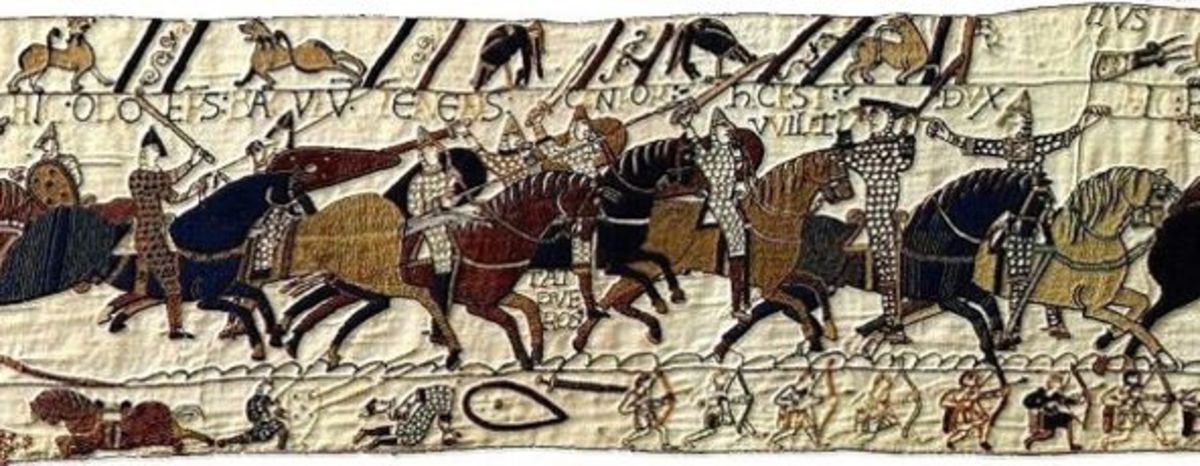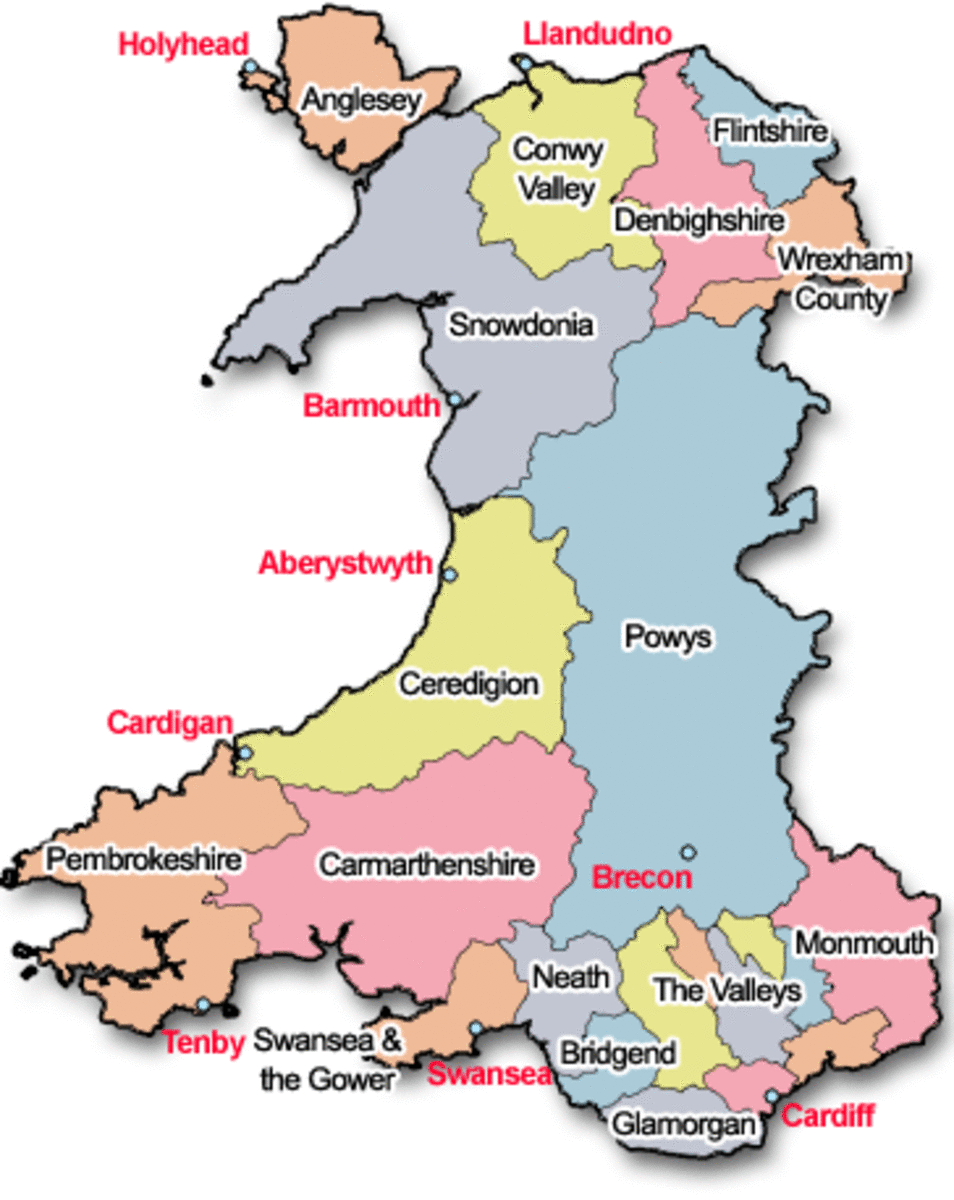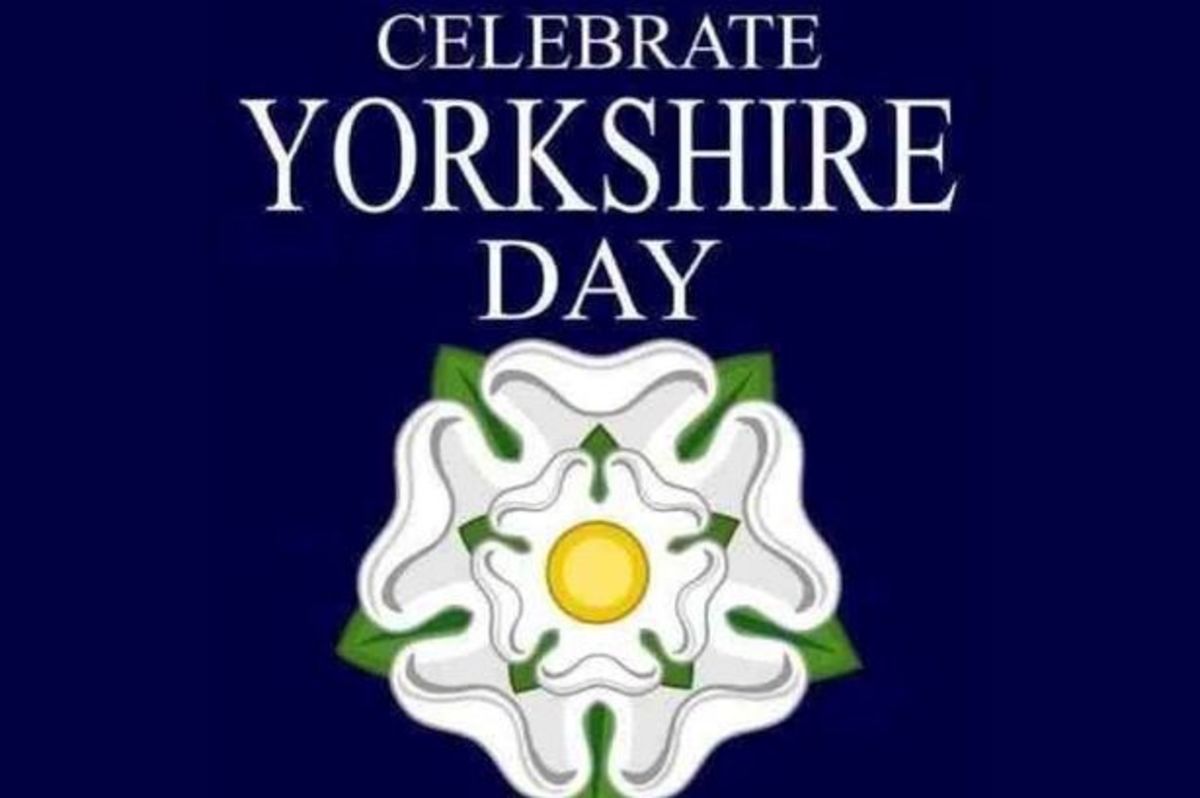- HubPages»
- Education and Science»
- History & Archaeology»
- History of Europe
Conquest - 27: Resistance and Compliance - Did It Pay to Bow to Fate, If so, How Low?
A new master, a new tune to dance to...
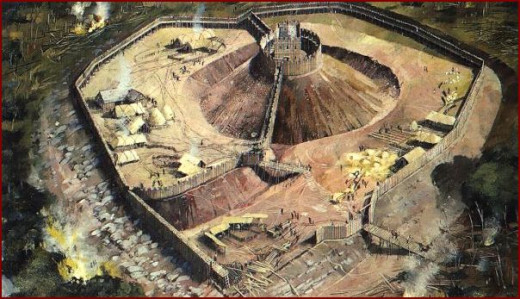
Those institutions, or individuals, who accepted the new rule...
were less burdened than in areas where most resistance was met with. Nevertheless even the important See of Worcester - kept in the hands of a well respected English bishop, Wulfstan (his chronicled miracles led to canonisation in the 12th Century) - was obliged to fulfil its military quota. In the early years of the Conquest knights were quartered on the monastic church of Worcester.
Picture the saintly Wulfstan picking gingerly at his sparsely filled plate whilst those around him are stuffing themselves and swilling wine in time-honoured fashion. At Abingdon the abbot saw himself laden wih the responsibility of providing a garrison for the new castle at Windsor, set at a river crossing on the Thames. At first he had to retain knights in his household but thry were not needed in the relatively peaceful south. He granted them lands from the abbey's estates. Technically this was in breach of the law, but in the upheaval following 1066 and up to the early 1070's earlier English mores applied less.
Abbeys at the forefront of the risings - such as in East Anglia - became almost fortresses. Peterborough and Ely were fought over as strategic strongpoints, along with Ramsey. Abbot Aelfric of Peterborough had been removed from office in AD1069. He was the brother of Bishop Aethelwin of Durham who had been implicated in the northern revolts and - according to King William - had been less than satisfactory in his dealings on William's behalf with King Maelcolm III of Scotland.
Abbot Aelfric's successor Brand brought the king's ire upon himself by seeking confirmation of his office from Eadgar 'the aetheling', whom he believed to be king at the time. When Brand died in AD1069 William appointed the pugnacious Norman abbot Turold, who had fallen out with his colleagues at Malmesbury due to his heavy-handedness. The king is said to have have quipped that as he behaved more like a knight than a cleric, he may as well be sent to where a fight was likely to flare up. Turold showed at Peterborough with a hundred and sixty knights under his command, much to the disgust of the people of Peterborough. He found the abbey a charred ruin but for the church, having been delayed on his way across the kingdom from Wiltshire.
East Anglia became the focus of a last-ditch effort by the English and Danes to oust William, and the Isle of Ely was where the drama was played out. Hereward seized the isle in the summer of AD1070. having already sacked and torched Peterborough with the Danes yet to come and Turold closing in on them. The Danes had made camp on the Isle of Axholm on the south bank of the Humber through winter, men dying from cold and hunger after William's ravaging of the surrounding land on the Yorkshire side. Another Danish fleet came across the North Sea under the command of Svein Estrithsson himself. Jarl Osbeorn was sent south to the fens to acquit himself - in his brother's eyes - of failing to cover himself in glory against the Normans and the shame of selling out to William in the previous autumn. Their shallow-draft ships were able to raid at will, with the Normans being short of ships of their own, using Ely as a base for foraging.
Hereward's seizing of Ely might have been a thorn in William's side if the Danes had stayed, but he bought off Beorn once again. With much of the Peterborough treasures, gold and relics, Osbeorn and Svein left England at the end of June. Ely was therefore the one centre of English resistance but it would not be easy for William to oust the rebels.
The king had raised a castle at Grantchester (Cambridge) on his way back to London in AD1068, and at Huntingdon the same year. His strategy involved buying off the Danes so as to be able to deal with the rebels in his own time. Yet even with Svein and Jarl Osbeorn off his hands, the king found he had to muster a large force to take Ely by land and sea. Attempts by William's underlings had gone disastrously awry. A number of charters are dated by the subnote: 'When William Malet went into the marsh...' As one of the king's more reliable followers his failure in East Anglia to take Ely must have dealt his overlord's plans a severe blow. Ely became a rallying point for the rebels. Earls Eadwin and Morkere had fled York and crossed the kingdom aimlessly before turning toward Ely in AD1071. Eadwin had planned to ride to muster support from King Maelcolm on his arrival in East Anglia, but was betrayed by some of his servants to the Normans. Cut off on an island by the rising ide he died with the last of his armed men. These two brothers had been deprived of support by the king's 'parcelling out' of their respective earldoms to his own followers. Without income from tithes and rents, Eadwin and Morkere had become 'men of the woods' (or 'green men') like Eadric in the west. With his brother gone Morkere was given command of the Ely fortifications whilst Hereward and his close followers forayed against their Norman besiegers, disrupting their supply lines and causing havoc.
As a chronicler wrote:
"Siward Bearn and Bishop Aethelwin of Durham came with many hundreds of men. The king launched a combined land and sea assault on the isle. He gathered a fleet that sailed upriver on the Great Ouse from The Wash and set up a blockade on the island".
Even this proved less than satisfactory for him, so his army settled down for a long siege. To be able to attack the island the Normans had to build causeways through the marshes to allow the besiegers to take their siege engines and cavalry, and later for siege towers to be drawn to Ely's defences.
As the chronicler put it, "[William] moved his whole army to Aldreth where the surrounding water and swamp were narrower, the breadth there extending to four furlongs (880yards/800m). Having brought there tools and fitments of timber and stone, and heaps of all kinds they built a causeway through the swamp, although it (the causeway) was narrow and quite useless to them. moreover, close to the wide river near this pace [Aldreth], they assembled in the water large tree trunks joined together with beams, and underneath tied whole sheep skins, flayed and reversed and fully inflated so that the weight of those going over might be better borne. When this was finished such a multitude rushed onto it ... greedy for the gold and silver and other things, not a little of which was thought to be hidden on the isle, that those hurrying in front were drowned together with the road itself... Those who were in the middle of the company were swallowed up in the watery and deep swamp as well. A few of those who were following at the rear got away with difficulty, flinging down their weapons, wallowing in the water and making thir way through the mud... with hardly anybody pursuing them great numbers perished in the swamp and waters. To this day many are dragged out of the depths of those waters in their armour. I have sometimes seen this [for] myself!"
Although this account is not contemporary, it is not likely to inaccurately describe the first assault by the Normans. The author is mistaken in taking Aldreth as the setting-off point for the attack. The greater likelihood being it was launched from Stuntney, close to the abbey. The Aldreth option was the next, the village lying at the other end of the isle, a half-dozen miles from the defended area.
The raft pontoon was clearly not going to work, so the king had a siege castle built at the end of each causeway. The site was thereby defensible - at least in theory. The legend goes on,
"Then when the war engines were ready as he had arranged the king began the attack, leading his entire army to [Aldreth]. He had also brought heaps of wood and stone and all materials for building ramparts there. And he ordered all the fishermen in the district to come with their boats to Cottenham so that they could ferry across what had been brought there and construct mounds and hillocks at Aldreth, from the top of which they might fight".
In the event Abbot Thurstan was tricked by William into believing his lands would be forfeit. The Normans were advised of a route onto the isle that bypassed the defenders. Now without hope of winning the defenders melted away into the fens. Hereward and close friends, intent on fighting another day headed to the vast woodlands in the west, the Brunesweald in Northamp tonshire. Many of the others yielded, thinking they would be treated fairly as 'prisoners of war', Morkere and Siward 'Bearn' included. William now had only his troublesome minor barons to contend with.
Despite having taken part in several risings against William, and allying himself with the northern English lords to oust him in favour of the aetheling Eadgar, William welcomed Waltheof back into the fold under an amnesty. He was given the earldom of Bamburgh that covered the old kingdom of Bernicia. His appointment filled a gap left by his kinsman Gospatric, who had abandoned the earldom and taken up his family's lands within the kingdom of Scotland in Annandale. The appointment was a seemingly natural one, as his father Siward 'the Dane' had been Earl of Northumbria, appointed by Knut in 1016 as one of an elite to replace the earlier rank of ealdorman. Knut's older son Osbeorn had been killed in combat by Macbeth, king of Scotland (blackened by Shakespeare to win favour with James I, descendant of rival Malcolm III, (nicknamed 'Canmore' meaning 'Big Head'), and when Siward died in 1055 Waltheof was too young to take over. Tostig Godwinson had been given the earldom by Eadward on the recommendation of his sister Queen Eadgytha and brother Earl Harold.
William bestowed on him his niece Judith as bride to seal a new alliance. His fate was sealed, nonetheless, so the story goes. Without his knowing exactly what some of his new Norman friends were about to embark on, he was drawn into a plot against the king known as 'The Revolt of the Three Earls'. His Norman 'friends' were Roger de Breteuil, Earl of Hereford, and Ralph Guader, Earl of East Anglia, the initiators of the plot hatched at the wedding of Roger's sister Emma. Judith repudiated him and he was sentenced to death by decapitation at Winchester in 1076. The story goes that his executioners gave him time to pray, and that when his prayers seemed to take longer than expected they lost patience with him and beheaded him before a crowd sympathetic to Waltheof attacked them. Short of canonisation, Waltheof was accorded martyr status, one of an increasingly shrinking band of English noblemen. His loss was not mourned universally in England, however.
Peter Rex's overview of Norman rule in England is thorough-going and extensively researched. Hereward of Bourne (often mistakenly identified as 'the Wake') is dealt with, his role in resistance and the fight-back against William at Ely, A thorough-going account of life in England for Englishmen of all backgrounds and their Norman overlords. Useful to understand the era and as research material not covered in many text books. It's been in my library for a while.
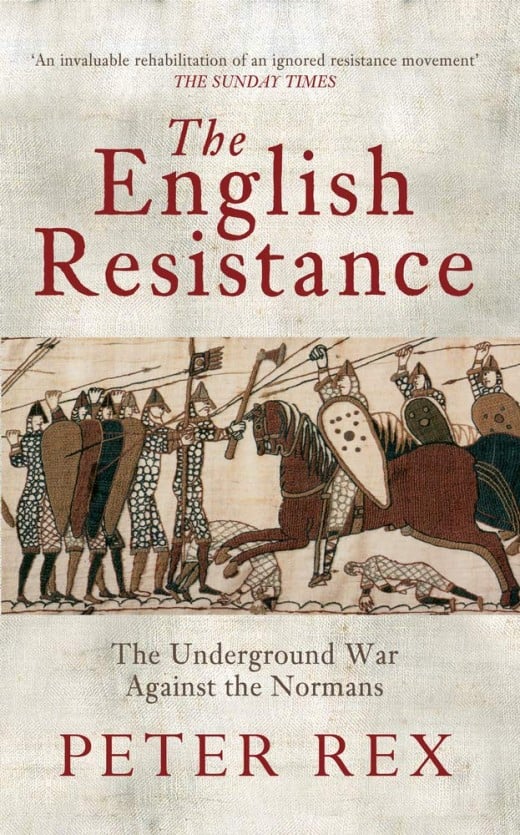
Antagonism and rebellion
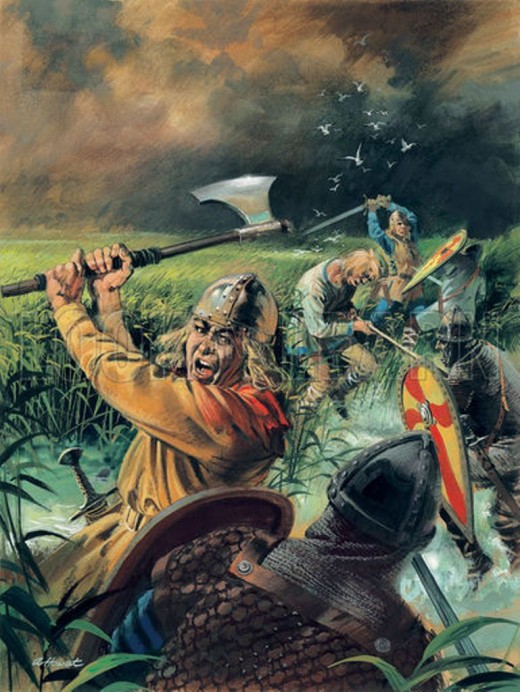
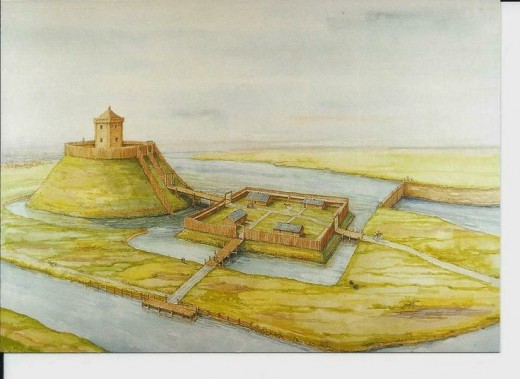
Compliance brought obvious benefits then?
It did and it didn't. As you have seen, Waltheof was given a bride and an earldom by William after taking part in risings. The younger of two sons of Earl Siward 'the Dane' - noted in Shakespeare's 'Macbeth' as having been instructed by Edward to take an army north overland and by sea to take on the Scots king on behalf of Malcolm 'Canmore' - Waltheof was made Earl of Middle Anglia in his teens. Whilst he had not fought beside Harold inland from Hastings on 14th October, 1066, he had fought in a little-known battle at London Bridge soon after when William brought five hundred mounted knights ahead of his army to claim the throne. He also fought at York in the summer of 1069, killing many Normans as they tried to flee the burning castle. Waiting at the gates with other Englishmen he felled many of them with a Dane axe as they tried to pass. Nonetheless he was still accepted back into William's court, almost as an errant son like the aetheling Edgar.
He was then implicated in a plot against William with two young Norman lords - who got off scot-free - and executed for treason outside the walls of Winchester.
A few years earlier Abbot Thurstan of Ely, thinking the abbey's lands were under threat of being parcelled out to William's barons, gave the Normans the way onto the isle after a successful stand throughout the winter of 1070-71 made by Hereward, Morkere, Bishop Aethelwin of Durham and many of their followers as well as Hereward's kinsmen who knew the Fenlands. Where some Englishmen were honoured or,kept their lands, others were betrayed and imprisoned or executed despite yielding under amnesty. There were still English land-holders and churchmen whose estates survived well into the next century, but they were in a very slender minority... and easily undone, as was Waltheof.
Next - 10: The Tanner's Grandson

Another illuminating account of life in England after 1066. Just because Harold died on Caldbec Hill on October 14th, 1066 didn't mean England was beaten. There was plenty of life in the old dog yet, as the saying goes. And there was plenty of kick. William was allowed little respite, even though many English churchmen and some lords supported his claim. A worthwhile read.I bought for my own research on the period 1066-1071 and beyond.
© 2012 Alan R Lancaster


